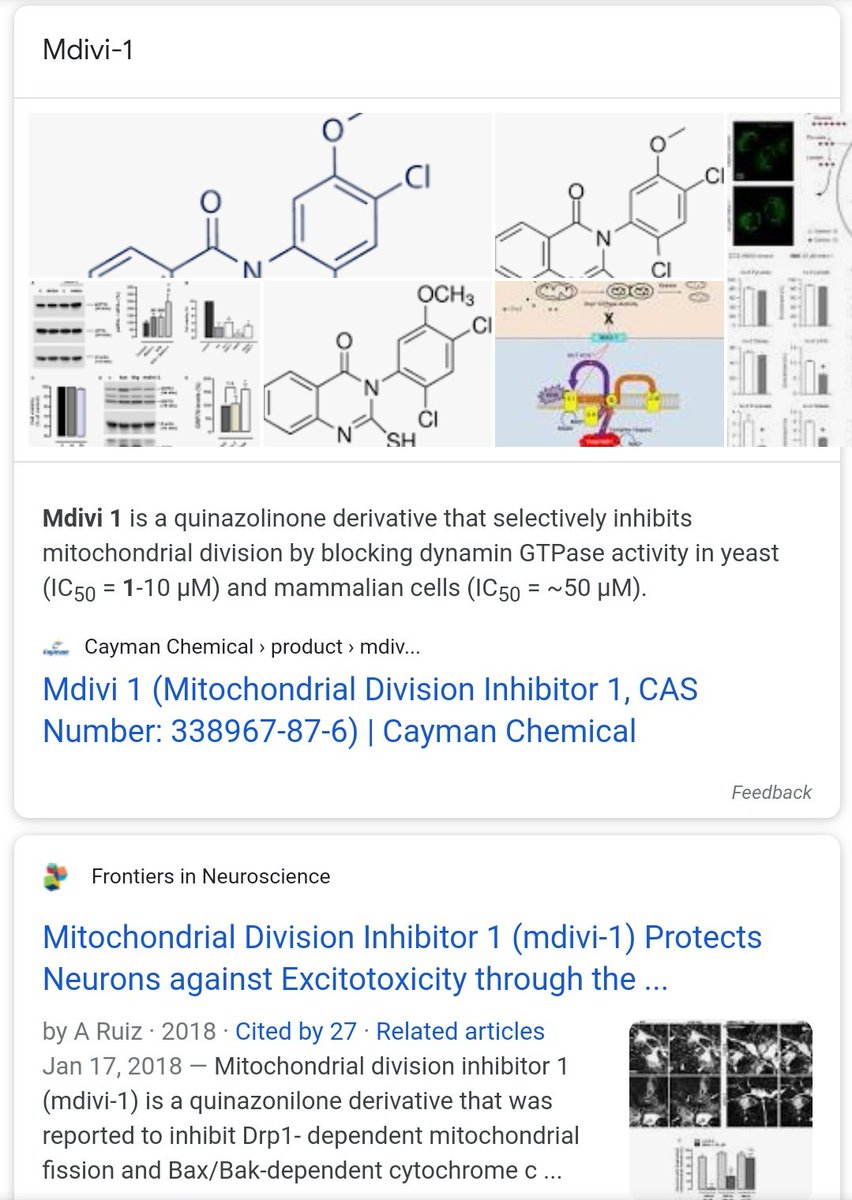
Terguride (5-HT2A/B antagonist) for prevention of PAH and ventricular or pulmonary fibrosis in conditions of acutely elevated plasma 5-HT @farid__jalali
hindawi.com/journals/bmri/…
pubmed.ncbi.nlm.nih.gov/28821451/
researchgate.net/publication/51…



hindawi.com/journals/bmri/…
pubmed.ncbi.nlm.nih.gov/28821451/
researchgate.net/publication/51…
https://twitter.com/Dharmen46587056/status/1319515904888115200




This might complement the effects of cyproheptadine and/or famotidine in the treatment of acute serotonin syndrome:
https://twitter.com/__ice9/status/1308335538278195201?s=19
Precedex (dexmedetomidine) has also drawn favorable commentary recently for ICU cases, and likewise has a history of use in serotonin syndrome.
https://twitter.com/__ice9/status/1319260769561837569?s=19
Linking for reference--
Thread discussing evidence that plasma 5-HT is generally highly elevated in moderate to severe COVID-19 cases, including direct confirmation from blood tests in a sample of such patients, as well as practical consequences:
Thread discussing evidence that plasma 5-HT is generally highly elevated in moderate to severe COVID-19 cases, including direct confirmation from blood tests in a sample of such patients, as well as practical consequences:
https://twitter.com/__ice9/status/1308329855092756480?s=19
Pimethixene is also a 5-HT2B antagonist, though it isn't very widely available. It also has antipsychotic properties.
Might be useful in serotonin syndrome. It is fairly similar to cyproheptadine, but may be marginally more potent.
Brands listed for Brazil, France, Tunisia.



Might be useful in serotonin syndrome. It is fairly similar to cyproheptadine, but may be marginally more potent.
Brands listed for Brazil, France, Tunisia.




• • •
Missing some Tweet in this thread? You can try to
force a refresh










